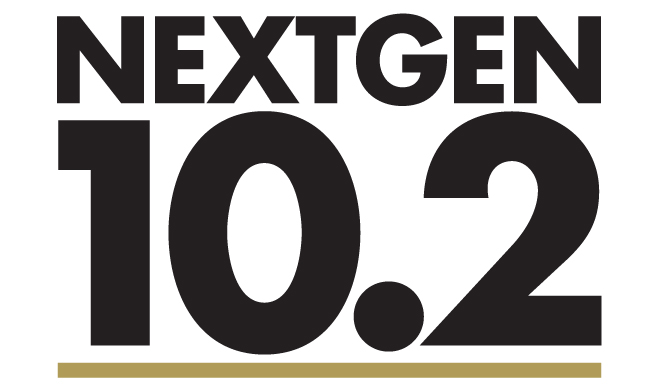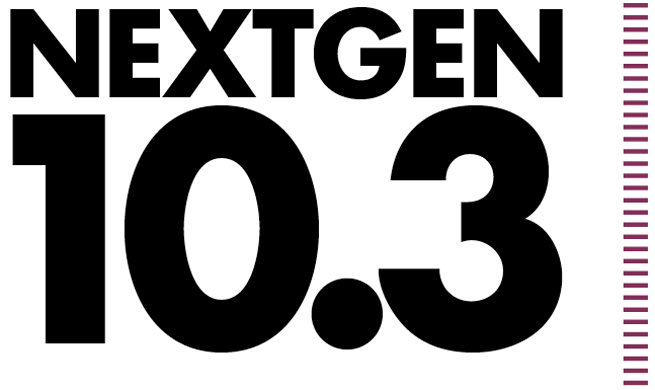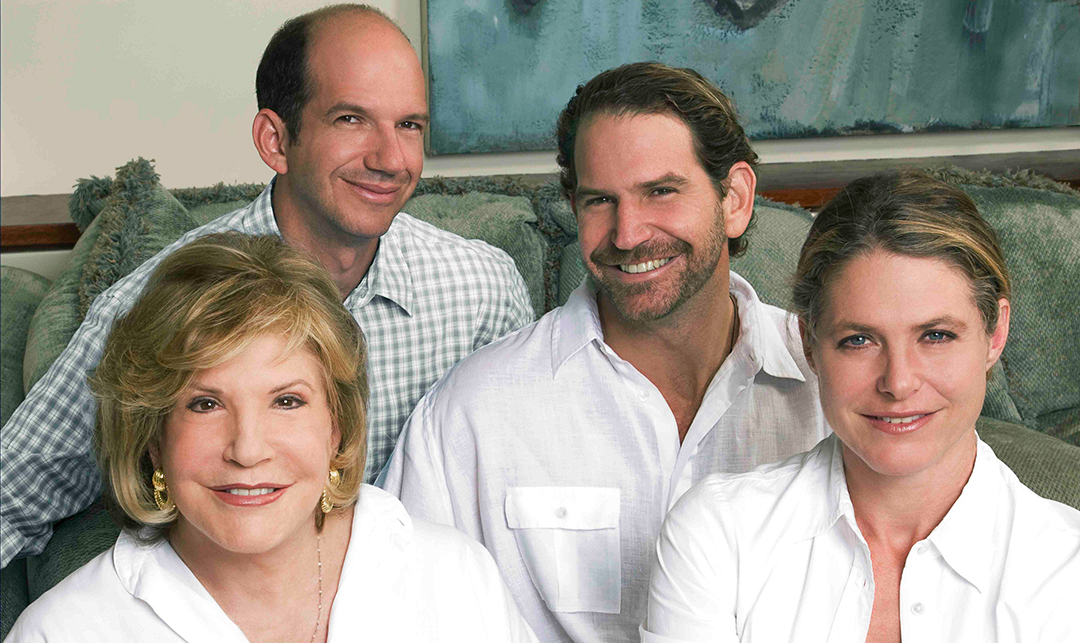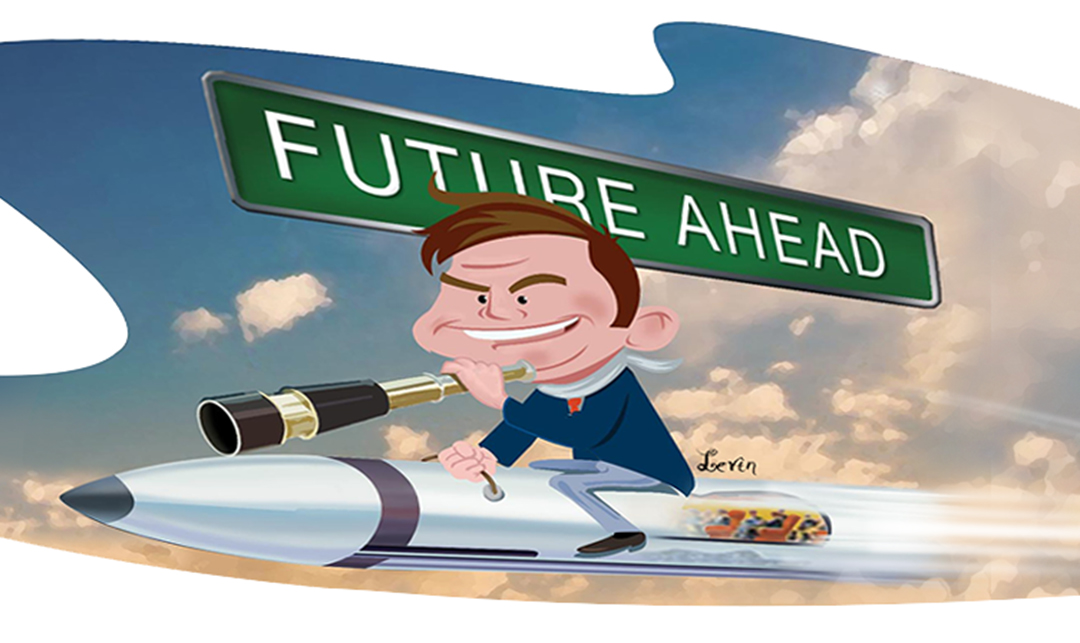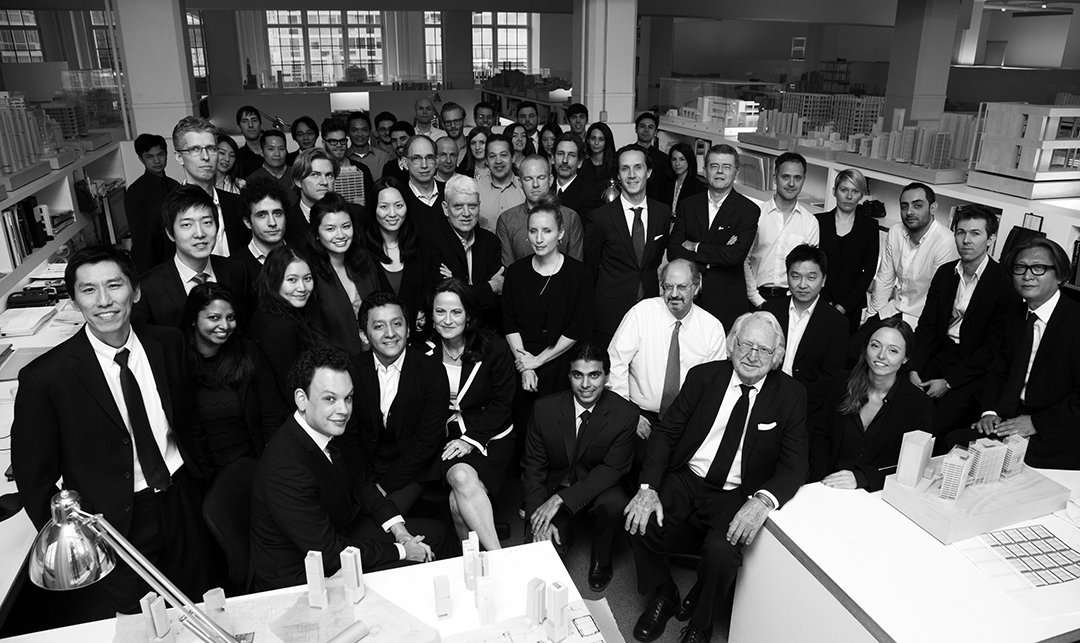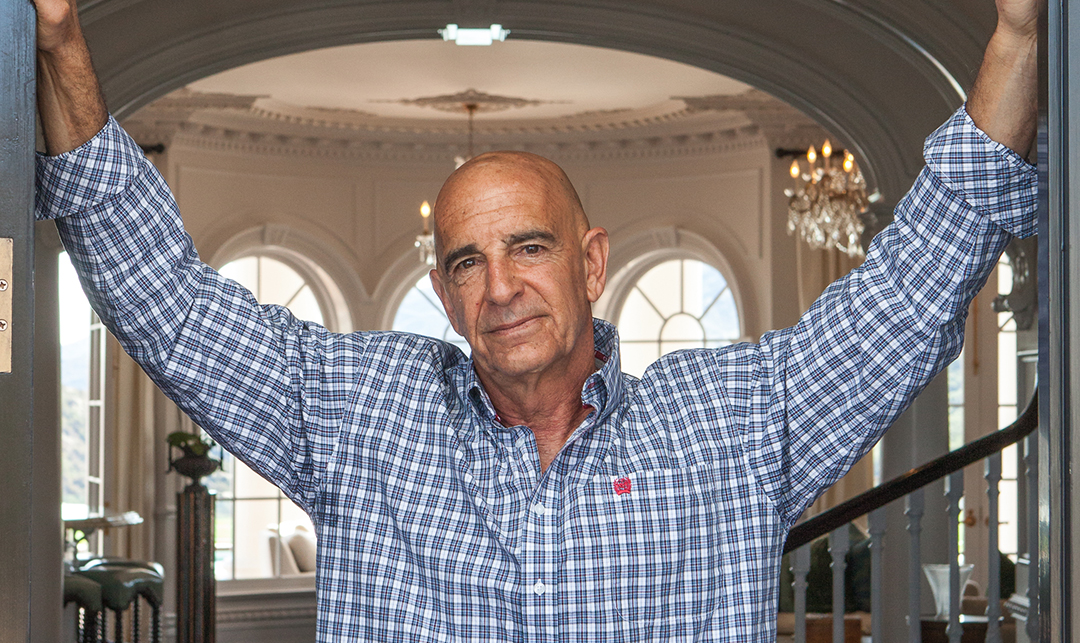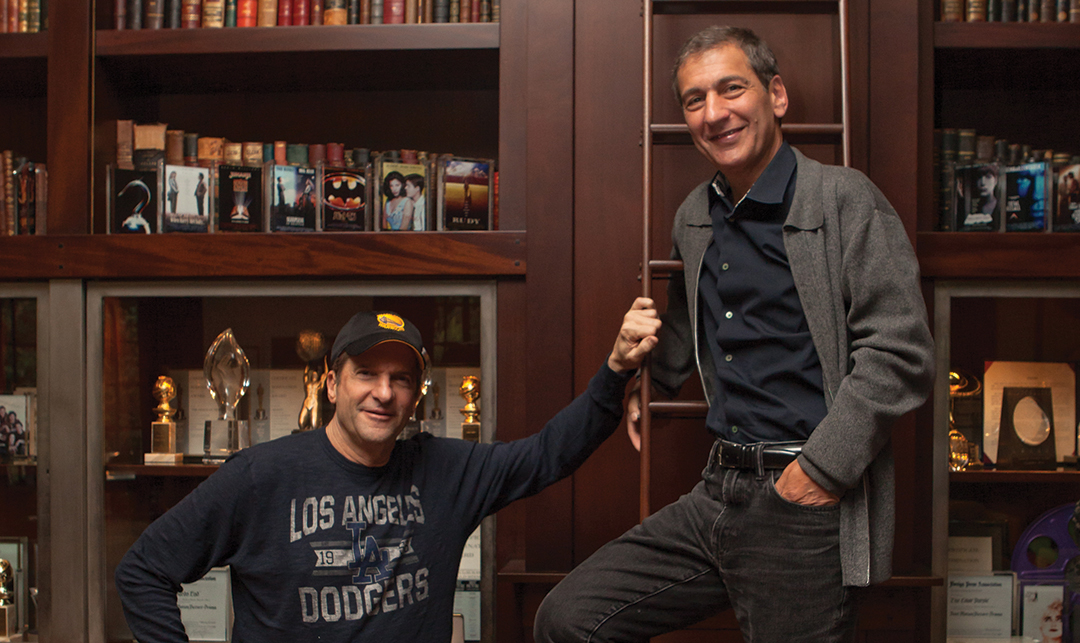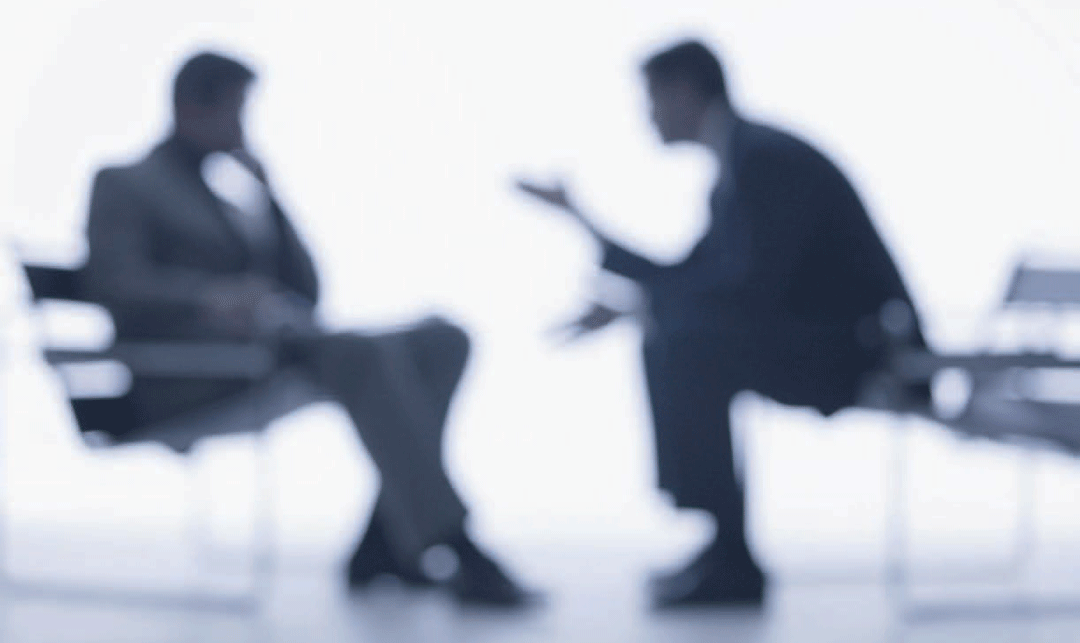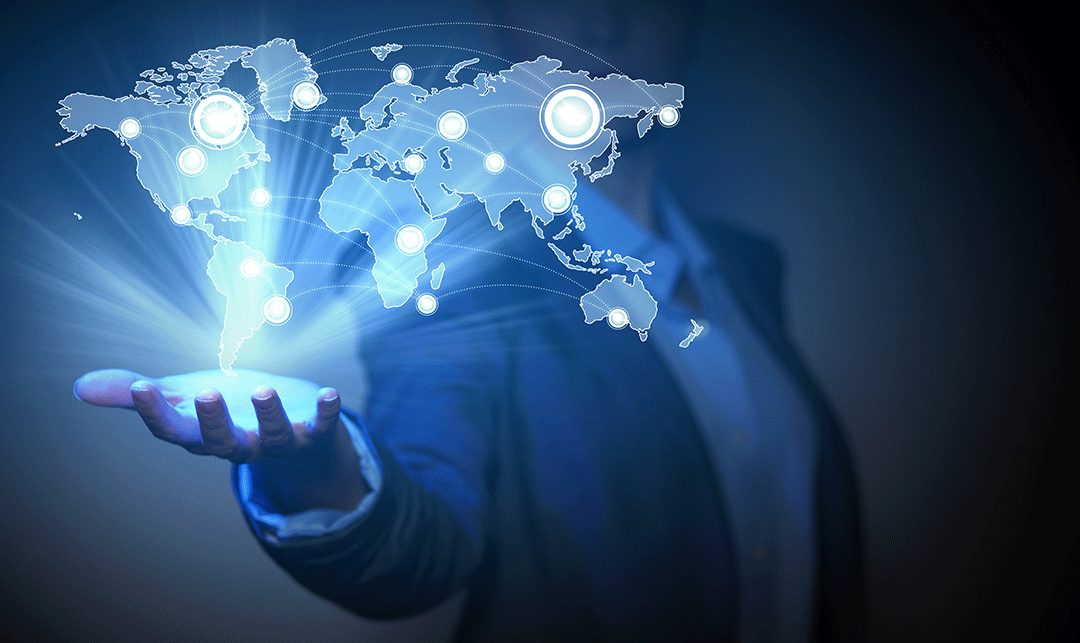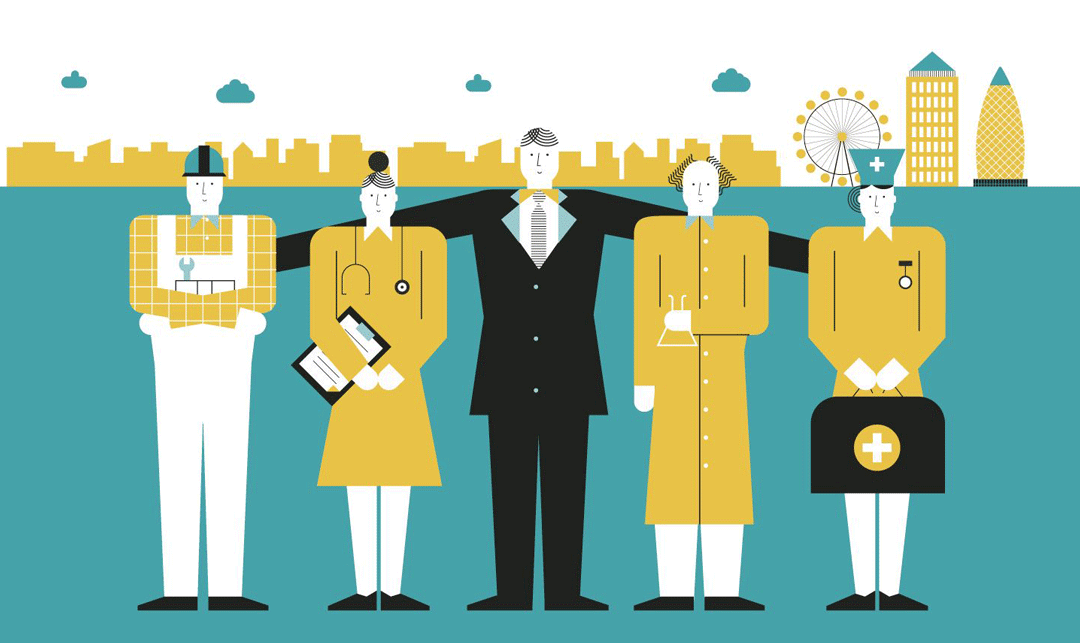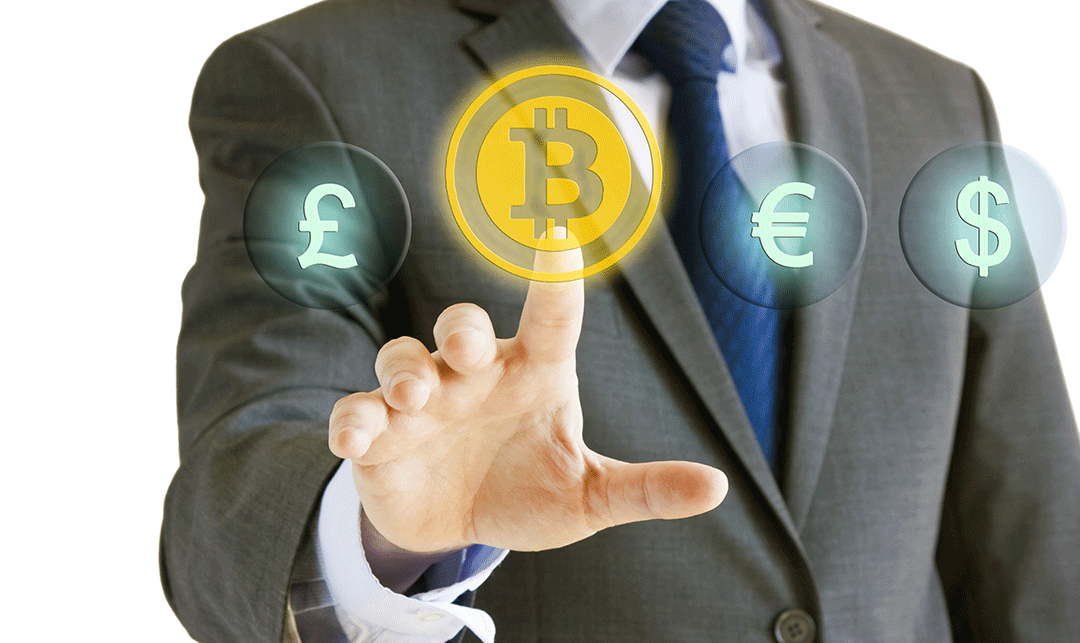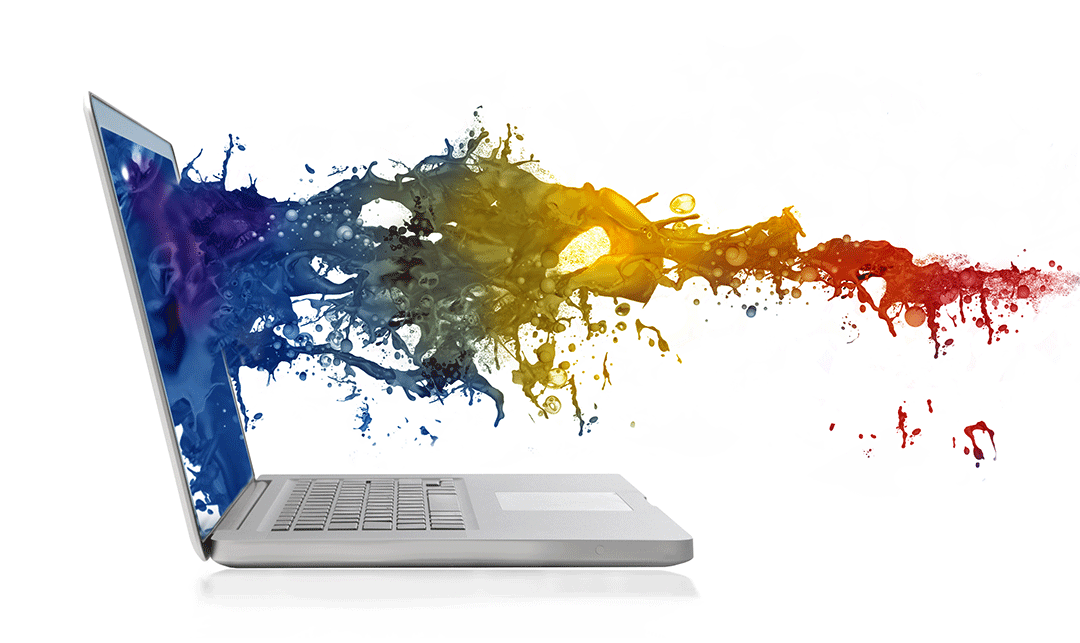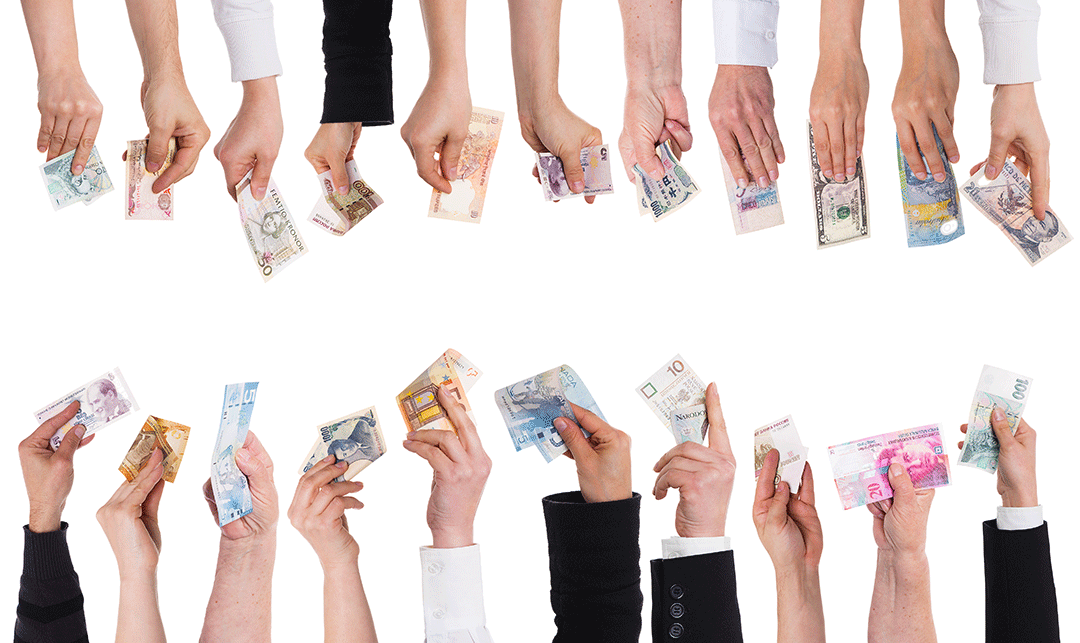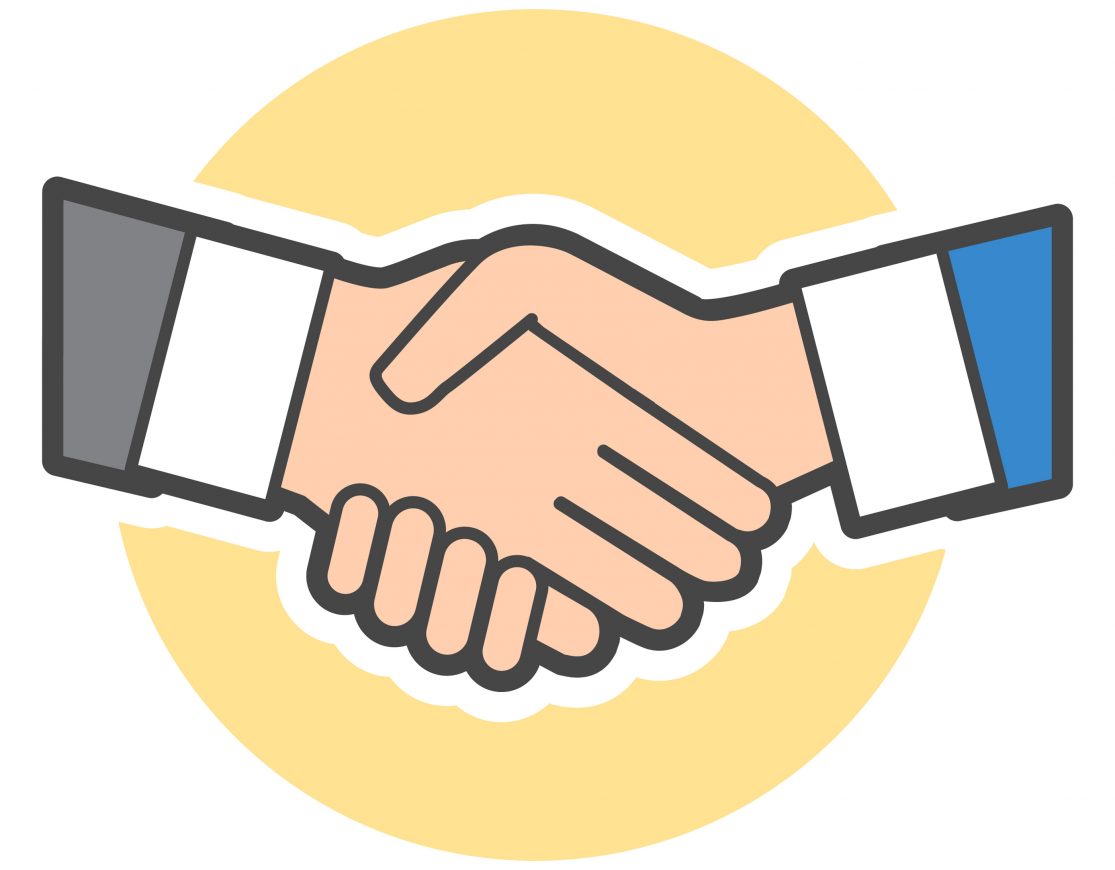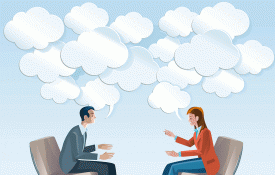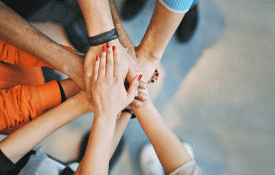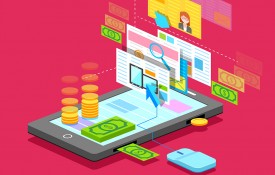The manager boldly announces, “Okay, folks, our top goal for this quarter is increasing customer loyalty. We are losing too many customers to our competitors. We need to make them more loyal to us.” Most of us have heard that before. But there’s a problem with this strategy. I suggest that we reverse the assignment. What would happen if your entire organization were to become intensely loyal to your customers? Do you think your customers would notice? Do you think they’d care? Do you think they might feel a stronger connection to your company and products?
The “Pay It Forward” Approach
Organizations that seek first to give loyalty seem to produce significantly more loyal customers than those who seek to get loyalty. This approach focuses on a set of specific loyalty behaviors that you can measure and apply in your relationships with your customers. Giving loyalty puts you back in control. You are seeking to:
- Identify opportunities to become more valuable to your customers
- Control the quality of “loyalty delivery” from your people
- Cultivate a greater respect for customers among your own people
- Learn what behaviors customers seek from those who deliver products and services
- Anticipate the current and future needs of customers
- Develop and deliver a customized approach to add value for your customers
- Avoid the cynicism that develops when customers don’t show the loyalty that you were hoping for or felt you had earned developing loyalty online
This causes a change in the energy between you and your customers. They sense your commitment to them and feel a corresponding desire to stay connected with you. We see this most often in the online world.
Amazon.com recreated their marketing focus and their systems to conform to each customer, their interests, and their buying patterns. They allow customers to offer their products and earn a commission without even thinking about it. They also recommend products that each individual user might enjoy.
iTunes enables users to choose what they want to hear or view, how they want to organize it, and much more. They make it so easy to buy and manage music with them that people don’t want to leave their system.
Social Networks like LinkedIn, MySpace, YouTube, Twitter, and Facebook are built on this Pay It Forward loyalty concept. They are loyal to users without requiring users to be loyal to them first. This increases trust so there is less resistance to buying when they offer a new product or service.
Giving Loyalty in Order to Get Loyalty
In order to receive loyalty, you have to be willing to give loyalty first. Effective organizations and their people understand that customer loyalty starts with letting the customer “win first.” As a result you have a shot at “winning” their loyalty. The organization must change from seeking to GET loyalty to instead seeking to GIVE loyalty. Customers will notice the difference.
Three elements are necessary to convert an organization to this new culture of giving loyalty:
Mindset
Service grows out of the ways in which people think. If they see themselves as superior to the customer, then they will always be in “getting” rather than “giving” mode. Customers will notice and feel this attitude. You can probably name half a dozen times when you have had this experience. When was the last time you truly felt that a service or sales representative had your best interests in mind? How did you feel toward them?
“In order to receive loyalty, you have to be willing to give loyalty first. Effective organizations and their people understand that customer loyalty starts with letting the customer ‘win first.'”
We, as leaders, must take responsibility for molding and modeling the mindset of service. If it is only in your words then everyone will notice. You must be personally committed to this philosophy and practice it with your own people if you expect them to pass it on.
Skills Set
Certain skills have much greater value than others when it comes to service. These include the “soft-skills” of listening, asking questions, and adapting to personality differences. Good people with poor skills do an awkward job of showing loyalty.
Systems
In an organization, a system is the equivalent of a habit. It is something we put in place so that vital behaviors are always executed at the same level of quality and timeliness. With systems we learn to measure what matters and that which is measured tends to improve.
So, make the commitment today to become more loyal to the people who communicate with you. Be a bigger, more caring resource to them than your competitors. Give them all that you can afford to give, and expect nothing in return. What you will find is that the “Law of Attraction” starts to work for you! Referrals, repeat purchases, renewals, and testimonials will flow your way.





